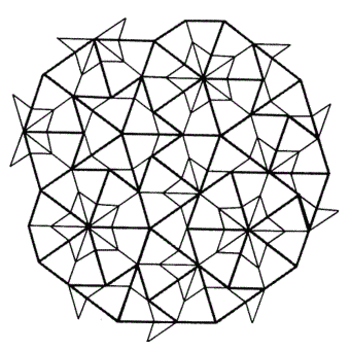The top and bottom margins of a poster are 4 cm and the side margins are each 6 cm. If the area of printed material on the poster is fixed at 384 square centimeters, how do you find the dimensions of the poster with the smallest area?
1 Answer
Draft
Explanation:
Let a be the width of the poster and b the height.
Let A be the area of the poster to be minimized.
(In this explanation I will omit all the "cm").
As the sum of the illustrated parts:
So let's get a in function of b:
Now,
I have to find the first derivative of the function to minimize it:
The minimum points satisfy the condition
But for obvious reason (b is the height of a poster), b must be positive, so only b=24 is a correct solution.
Now we have to find a:
So, the solution to the problem is

